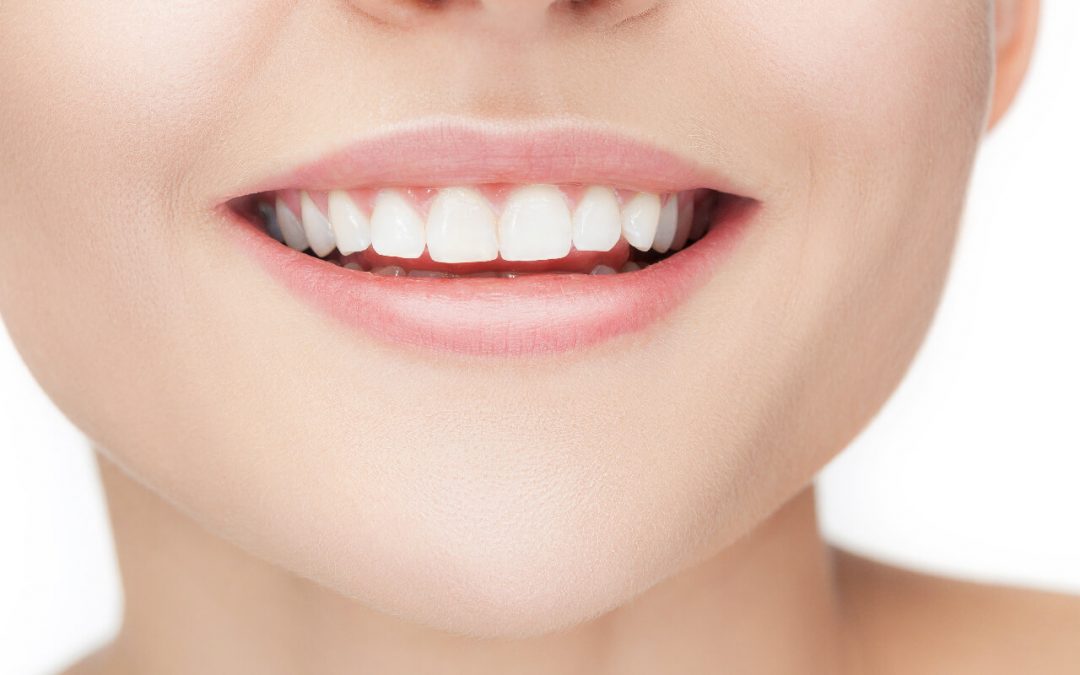
by nofrillsdental | Feb 20, 2019 | Dental Tips & Tricks
Recently, people have considered the value of working with a dentist to manage their sleep-breathing problems, even though dental sleep medicine has been around for over three decades. It was first pursued in conjunction with other treatments (namely continuous...

by nofrillsdental | Feb 20, 2019 | Dental Tips & Tricks
Some people still believe dentistry is just a case of filling and taking out teeth. In our society today, many people turn to cosmetic dentistry or aesthetic dentistry as a way of improving their appearance. Cosmetic dentistry is dentistry aimed at creating a positive...




